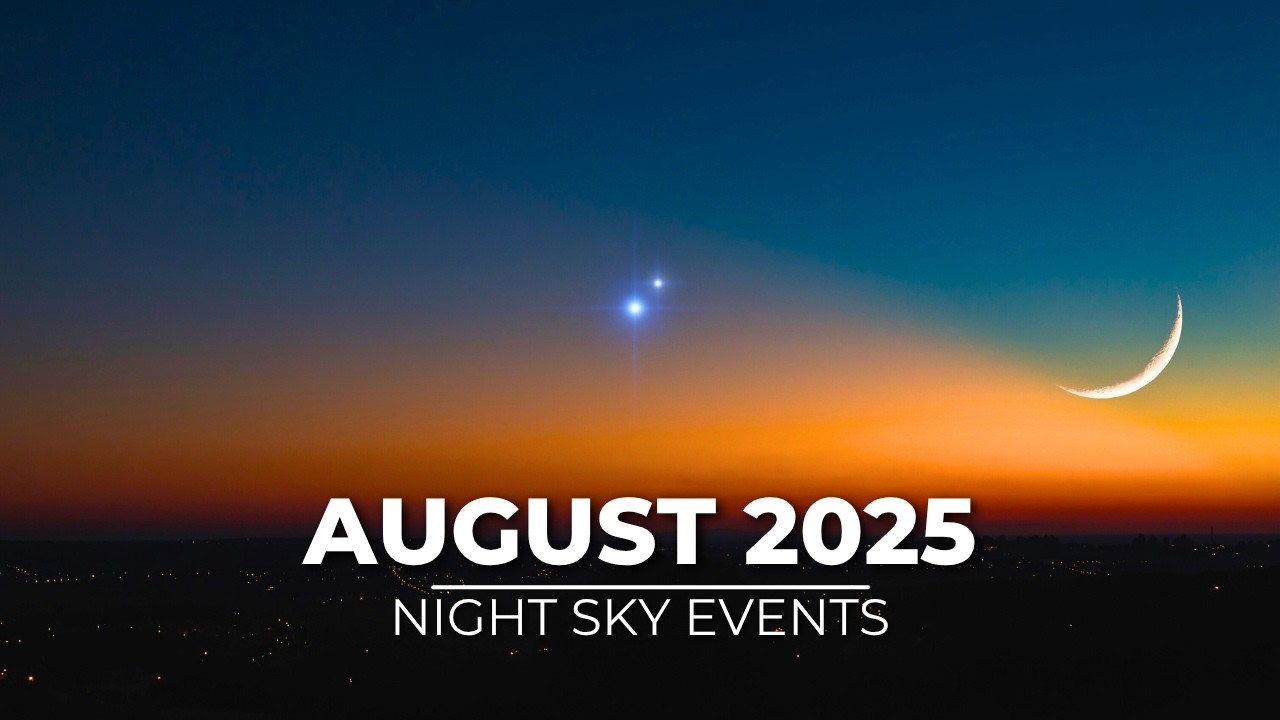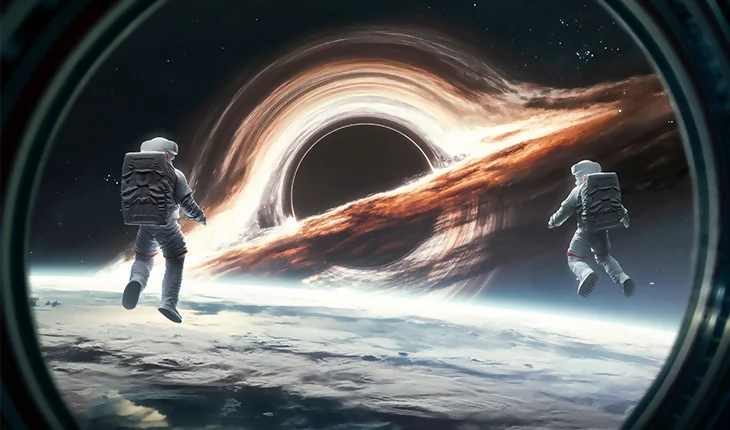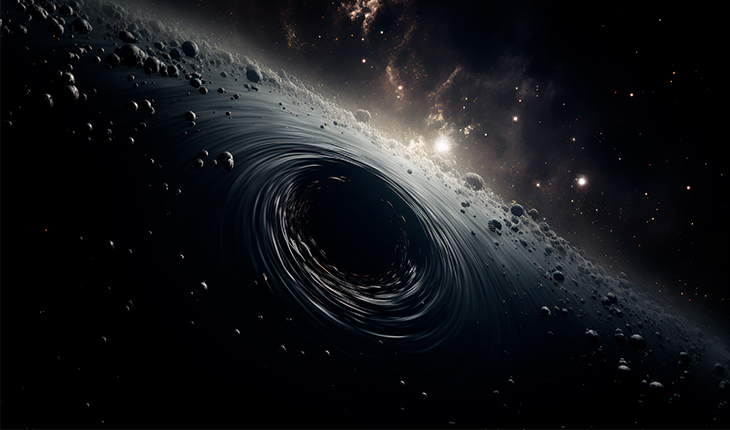If you love stargazing, August 2025 is one of the most exciting months of the year. From bright planets and dazzling meteor showers to the magic of the Milky Way arching overhead, this month offers a spectacular celestial show for both beginner and seasoned skywatchers. so stay with Spaceyv.com
In this Tonight’s Sky Guide August 2025, you’ll discover:
-
Key astronomical events happening this month
-
The best times to see planets, the Moon, and meteor showers
-
A stargazing calendar with exact dates and highlights
-
Tips for observing the night sky with or without a telescope
Let’s dive in!
🌙 Why August is Special for Stargazing
August is traditionally a peak month for stargazers. Warm nights in the Northern Hemisphere make it easy to head outdoors, and the famous Perseid meteor shower dominates mid-month. This year, August 2025 offers perfect conditions: several bright planets are visible, the Moon’s phases align well for deep-sky viewing, and there are rare planetary alignments.
Highlights of August 2025:
-
🌠 The Perseid Meteor Shower peaks with dark skies
-
🌙 A beautiful Supermoon rises mid-month
-
🪐 Bright planets like Jupiter, Saturn, and Mars dominate the sky
-
🌌 The Milky Way is at its most vivid during summer evenings
🗓️ Tonight’s Sky Guide August 2025 — Calendar of Events
Here’s a quick August 2025 astronomy calendar you can bookmark for your nightly stargazing:
| Date | Event | Best Viewing Time | Notes |
|---|---|---|---|
| Aug 2 | New Moon | Evening | Perfect dark skies for deep-sky objects |
| Aug 5 | Saturn at Opposition | All night | Brightest and closest view of Saturn in 2025 |
| Aug 8 | Mercury at Greatest Elongation | Just after sunset | Visible low in western sky |
| Aug 12–13 | Perseid Meteor Shower Peak | Midnight–Dawn | Up to 100 meteors/hour |
| Aug 14 | Full Sturgeon Supermoon | After sunset | Extra-large and bright Moon |
| Aug 19 | Neptune at Opposition | All night | Best telescopic view of Neptune |
| Aug 24 | Jupiter and Mars Conjunction | Pre-dawn | Close approach of two bright planets |
| Aug 27 | Last Quarter Moon | Midnight–dawn | Good for deep-sky viewing in early evening |
| Aug 30 | Venus Shines Brightest | Just before sunrise | Brilliant “Morning Star” |
🌠 Major Events in August 2025
1. The Perseid Meteor Shower (August 12–13)
-
Peak: Night of August 12 into the early hours of August 13
-
Rate: Up to 100 meteors per hour under dark skies
-
Best Viewing: After midnight, away from city lights
This year, the Perseids peak just before the Supermoon, giving us darker skies for better visibility. Find a rural location, lie back, and look northeast — no telescope needed.
Tip: Bring a reclining chair, a blanket, and let your eyes adjust for 20–30 minutes to maximize your meteor-watching experience.
2. Saturn at Opposition (August 5, 2025)
-
Saturn will be directly opposite the Sun, rising at sunset and visible all night.
-
This is the best time of year to observe Saturn since it appears bigger and brighter.
-
Even a small telescope reveals its iconic rings and moons.
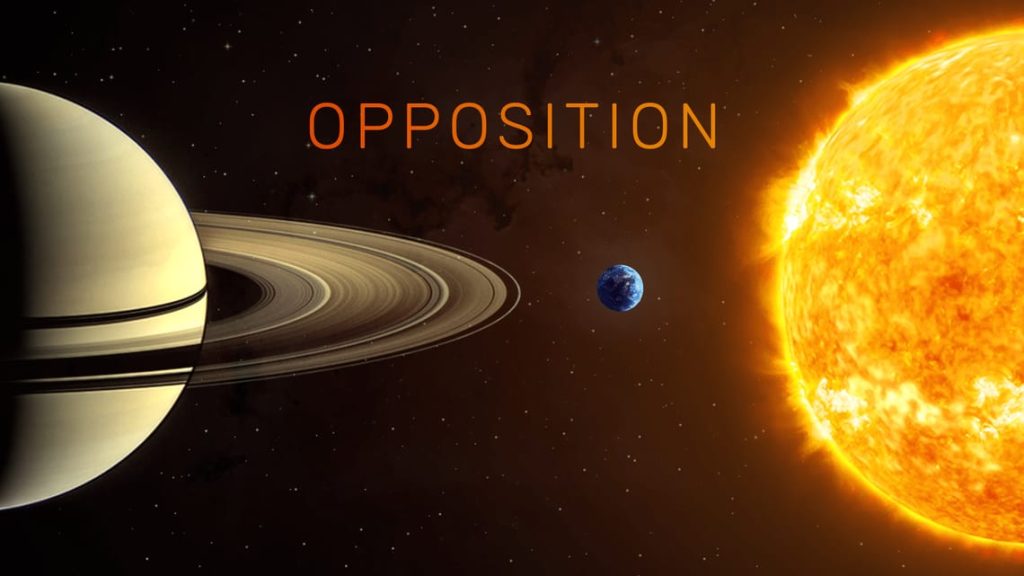
3. The Sturgeon Supermoon (August 14, 2025)
-
The August full moon, known as the Sturgeon Moon, is a Supermoon this year.
-
It will appear about 14% larger and 30% brighter than a typical full moon.
-
Look east just after sunset for a breathtaking sight on the horizon.
4. Planetary Conjunction: Jupiter Meets Mars (August 24, 2025)
-
Jupiter and Mars will appear very close together in the pre-dawn sky.
-
Best seen around 4–5 AM local time, low in the eastern sky.
-
A stunning photo opportunity — visible even to the naked eye.
5. Venus at Greatest Brightness (August 30, 2025)
-
Venus shines as the Morning Star, outshining every object except the Moon.
-
Look east just before sunrise for its dazzling glow.
🌌 Planets Visible in August 2025
Here’s a breakdown of the planets you can spot this month:
-
Mercury – Best chance to see it is around August 8, low in the western sky after sunset.
-
Venus – Brightest at the end of the month, a stunning morning object.
-
Mars – Visible in the pre-dawn sky, joining Jupiter for a conjunction.
-
Jupiter – Brilliant in the night sky, especially late month.
-
Saturn – At its best all month, especially August 5.
-
Uranus & Neptune – Need binoculars or a telescope, with Neptune at opposition on August 19.
🌌 Deep Sky Objects in August
August is also one of the best times to see the Milky Way stretching across the night sky. If you’re under dark skies:
-
Summer Triangle Constellations (Cygnus, Lyra, Aquila) dominate overhead.
-
The Andromeda Galaxy (M31) is visible in the northeast after midnight.
-
Lagoon Nebula (M8) and Trifid Nebula (M20) glow in Sagittarius.
-
The Wild Duck Cluster (M11) in Scutum is a beautiful binocular object.
Pro Tip: Use a stargazing app like SkySafari or Stellarium to locate these wonders.
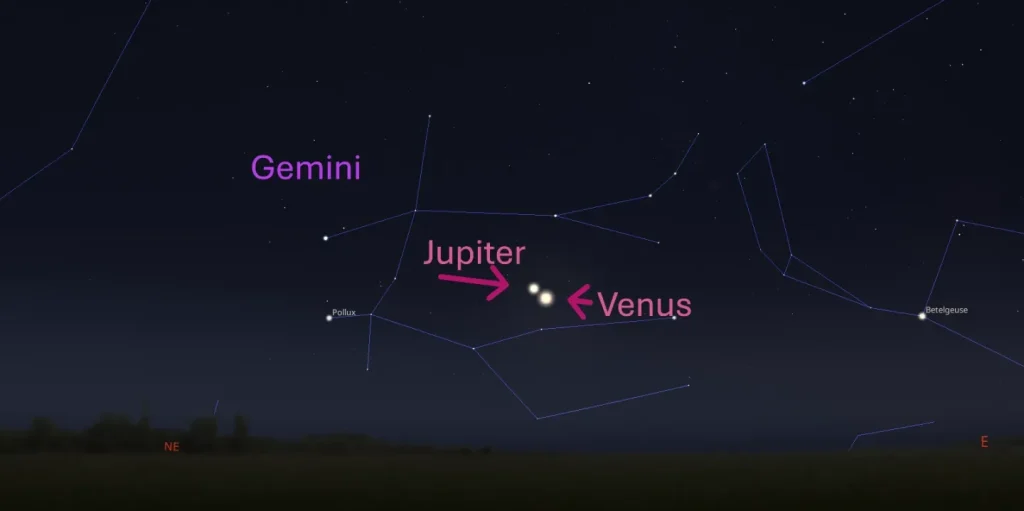
🌠 Constellations to Watch in August 2025
-
Cygnus (The Swan) – Easily spotted via the Northern Cross pattern.
-
Lyra – Home to the bright star Vega.
-
Aquila (The Eagle) – Altair forms part of the Summer Triangle.
-
Sagittarius – Teapot shape pointing toward the Milky Way’s center.
-
Scorpius – Brilliant Antares star and curved scorpion tail.
🌌 Best Tips for Stargazing in August 2025
-
Get away from light pollution – Rural skies make the biggest difference.
-
Use binoculars before a telescope – Great for star clusters and nebulae.
-
Check the Moon phase – Avoid bright moonlit nights for deep-sky viewing.
-
Bring a red flashlight – Preserves night vision.
-
Be patient – Your eyes need 20–30 minutes to fully adjust.
-
Use stargazing apps – Sky Map, Stellarium, or Star Walk guide you in real time.
📷 Astrophotography in August
August is fantastic for astrophotographers:
-
Wide-angle shots: Capture the Milky Way core with a DSLR + tripod.
-
Meteor showers: Long-exposure photography of the Perseids can create streak-filled skies.
-
Planet shots: Saturn at opposition provides a perfect chance to capture ring detail with even modest telescopes and phone adapters.

